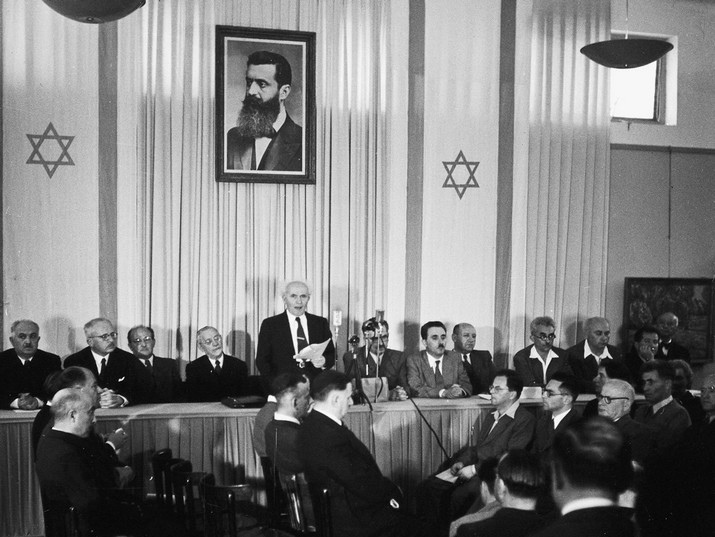Visible light communication
Enlarge text Shrink text- Book
Visible light communication (VLC) is an evolving communication technology for short-range applications. Exploiting recent advances in the development of high-power visible-light emitting LEDs, VLC offers an energy-efficient, clean alternative to RF technology, enabling the development of optical wireless communication systems that make use of existing lighting infrastructure. Drawing on the expertise of leading researchers from across the world, this concise book sets out the theoretical principles of VLC, and outlines key applications of this cutting-edge technology. Providing insight into modulation techniques, positioning and communication, synchronisation, and industry standards, as well as techniques for improving network performance, this is an invaluable resource for graduate students and researchers in the fields of visible light communication, optical wireless communication, and industrial practitioners in the field of telecommunications.
| Title |
Visible light communication / edited by Shlomi Arnon, Ben Gurion University of the Negev, Israel. [electronic resource] |
|---|---|
| Publisher |
Cambridge : Cambridge University Press |
| Creation Date |
2015 |
| Notes |
Title from publisher's bibliographic system (viewed on 05 Oct 2015). English |
| Content |
Cover Half-title Page Title Page Copyright Page Contents Contributors Acknowledgment 1 Introduction 2 Modulation techniques with lightingconstraints 2.1 Inverse source coding in dimmable VLC 2.1.1 ISC for NRZ-OOK 2.1.2 ISC for M-ary PAM 2.1.3 Comparisons with respect to dimming capacity 2.2 Multi-level transmission in dimmable VLC 2.2.1 Multi-level transmission scheme 2.2.2 Asymptotic performance 2.2.3 Simulation results 2.3 Color intensity modulation for multi-colored VLC 2.3.1 Color space and signal space 2.3.2 Color intensity modulation 3 Performance enhancementtechniques for indoor VLC systems3.1 Introduction 3.2 Performance improvement of VLC systems by tilting the receiver plane 3.2.1 SNR analysis of VLC system with a single LED lamp 3.2.2 Receiver plane tilting technique to reduce SNR variation 3.2.3 Multiple LED lamps with the receiver plane tilting technique 3.2.4 Spectral efficiency 3.3 Performance improvement of VLC systems by arranging LED lamps 3.3.1 Arrangement of LED lamps 3.3.2 BER analysis 3.3.3 Channel capacity analysis 3.4 Dimming control technique and its performance in VLC systems 3.4.1 Bipolar OOK signal under dimming control3.4.2 Adaptive M-QAM OFDM signal under dimming control 3.5 Summary 4 Light positioning system (LPS) 4.1 Indoor positioning and merits of using light 4.1.1 Introduction to indoor positioning 4.1.2 Spectrum crunch and future mobile system 4.1.3 Advantages of VLC-based positioning 4.2 Positioning algorithms 4.2.1 Triangulation 4.2.2 Triangulation - circular lateration 4.2.3 Triangulation - hyperbolic lateration 4.2.4 Triangulation - angulation 4.2.5 Scene analysis 4.2.6 Proximity 4.2.7 Comparison of positioning techniques 4.3 Challenges and solutions4.3.1 Multipath reflections 4.3.2 Synchronization 4.3.3 Channel multi-access 4.3.4 Service outage 4.3.5 Privacy 4.4 Summary 5 Visible light positioningand communication 5.1 Introduction 5.1.1 Indoor light positioning system 5.1.2 Outdoor light positioning system 5.2 Indoor light positioning systems based on visible light communication and imaging sensors 5.2.1 System description 5.2.2 LPS with known LED positions 5.2.3 Monte-Carlo simulation results 5.3 Outdoor light positioning systems based on LED trafficlights and photodiodes 5.3.1 Light positioning system5.3.2 Calibration of error induced by non-coplanar geometry 5.3.3 Numerical results 5.4 Summary 6 The standard for visible light communication 6.1 Scope of VLC standard 6.1.1 VLC service area compatibility 6.1.2 VLC illumination compatibility 6.1.3 VLC vendor compatibility 6.1.4 Standard compatibility 6.2 VLC modulation standard 6.2.1 Variable pulse position modulation VPPM 6.2.2 Line coding 6.3 VLC data transmission standard 6.3.1 Wired transmission protocol 6.3.2 Wireless transmission protocol 6.4 VLC illumination standard 6.4.1 LED lighting source interface |
| Extent |
1 online resource (xi, 210 pages) : digital, PDF file(s). |
| Language |
English |
| National Library system number |
997010716482905171 |
MARC RECORDS
Have more information? Found a mistake?

 Sign in with Google
Sign in with Google
 Sign in with Facebook
Sign in with Facebook



